Mosaiculture is an excellent art form for those among us with the green thumbs and the space to do it. An excellent example of this complex but beautiful art would be the “Imaginary Worlds” mosaiculture exhibition at the Atlanta Botanical Gardens. These elaborate and massive green structures create mystical and fantastic lush worlds with beautiful flowers and plants.
There is more to these unique works of living sculpture art than meets the eye. Most of the steel mesh covers begin with a steel frame. This mesh is then covered with sphagnum moss and soil seeded with various plants. Underneath the mesh, a network of irrigation channels supply water to the flower arrangements on the surface, helping them grow.
These fantastic art installations seem to rise out of the earth and plants around them. And because the plants they are made from are living, they always stay green and fresh. Because of the textures and shapes that can be created with moss and low-growth plants, many of these structures lend themselves to organic forms, mimicking people or animals. The largest of them all, Earth Goddess, is 25 feet tall and is a permanent piece in the Garden.
The exhibition will be up through October, so visit them if you’re ever in the area. Many events are scheduled concerning the sculptures, so visit their website.
Earth Goddess In Atlanta Botanical Gardens
As the focal point of the Cascades Garden, this 25-foot sculpture was the highlight of the 2013-14 Imaginary Worlds exhibition. Created by Mosaïcultures Internationales de Montréal, Earth Goddess’s flowing locks and out-held hand spilling with water became part of the Garden’s permanent collection after the exhibition closed.
To create this Atlanta icon, artisan welders, working from sketches and photos, welded thin rods with sheet steel to create a framework for the plants, covering it in a liner and filling it with soil. An internal irrigation system is attached every spring, and thousands of plants are “plugged.” There are 18,000 annuals in Earth Goddess alone. It takes several weeks for the growth to yield colorful, living textures. Most of the color comes more from foliage and less from blooms. The horticulture team maintains the living sculpture daily to keep it thriving and healthy. Visitors may observe staff at work meticulously shearing the piece, as constant grooming is needed to maintain the sculpture’s artistic lines.
During Garden Lights Holiday Nights, the Earth Goddess’ hair shines bright with thousands of lights as she becomes Ice Goddess.
More info: Atlanta Botanical Garden
01.
02.
03.
04.
05.
06.
07.
08.
09.
10.
11.
12.
Like what you’re reading? Subscribe to our top stories.













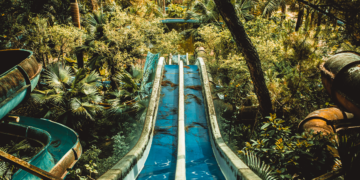
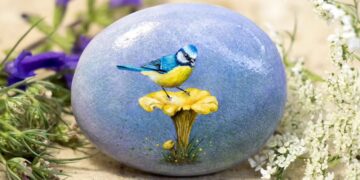






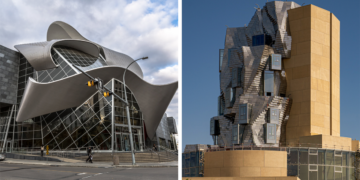

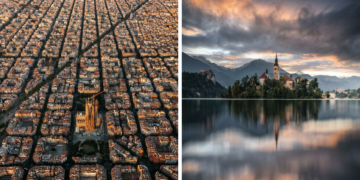





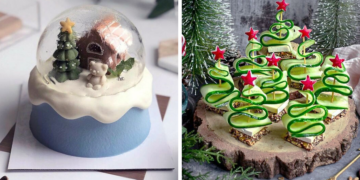
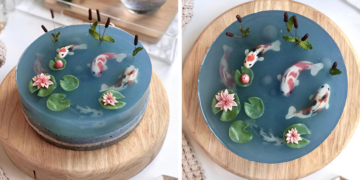

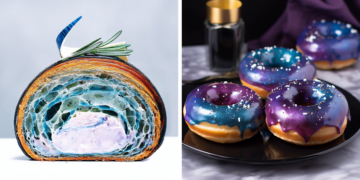
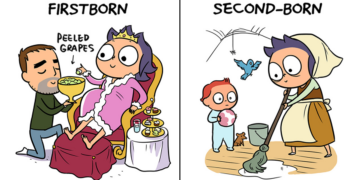
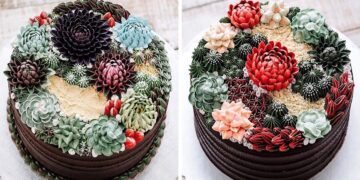





















Discussion about this post